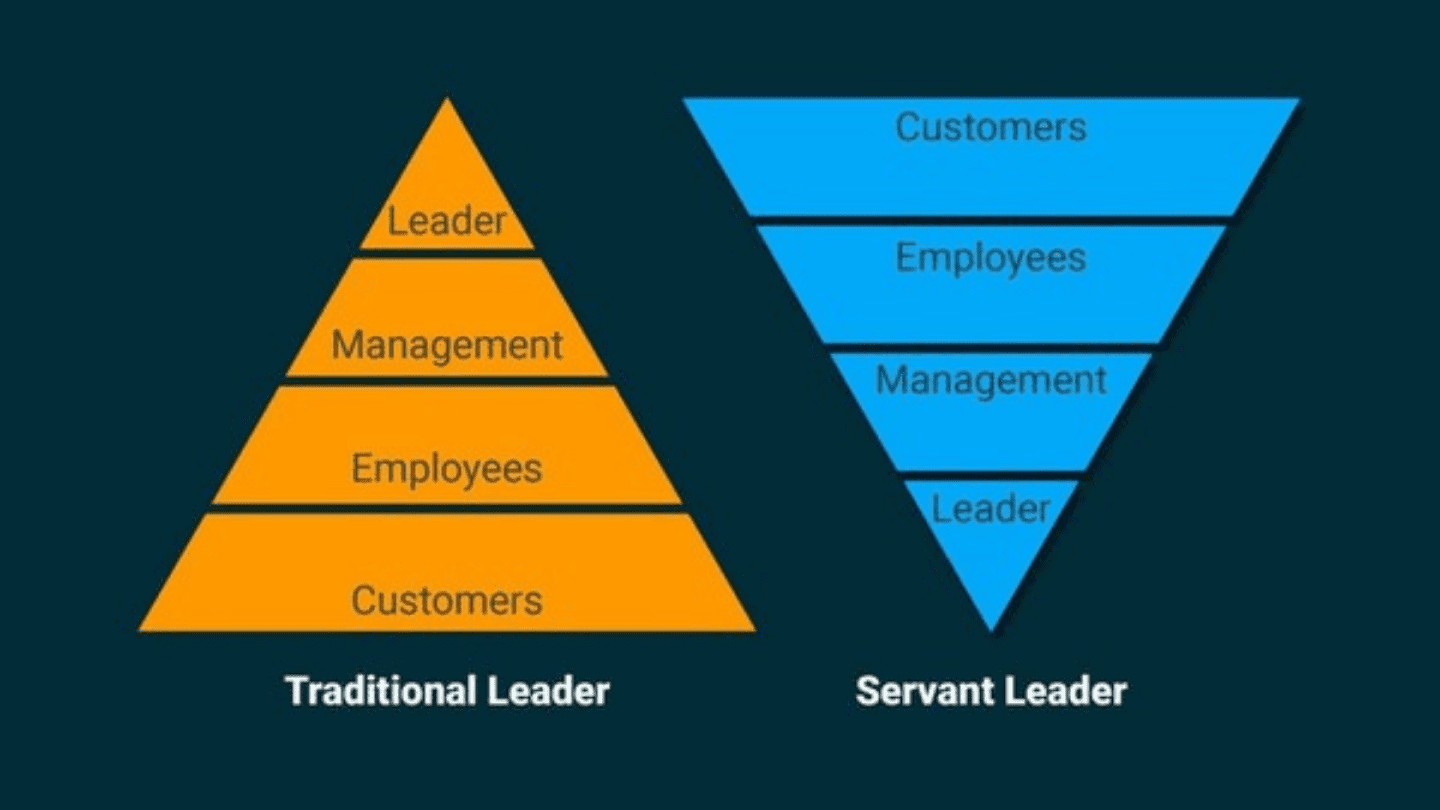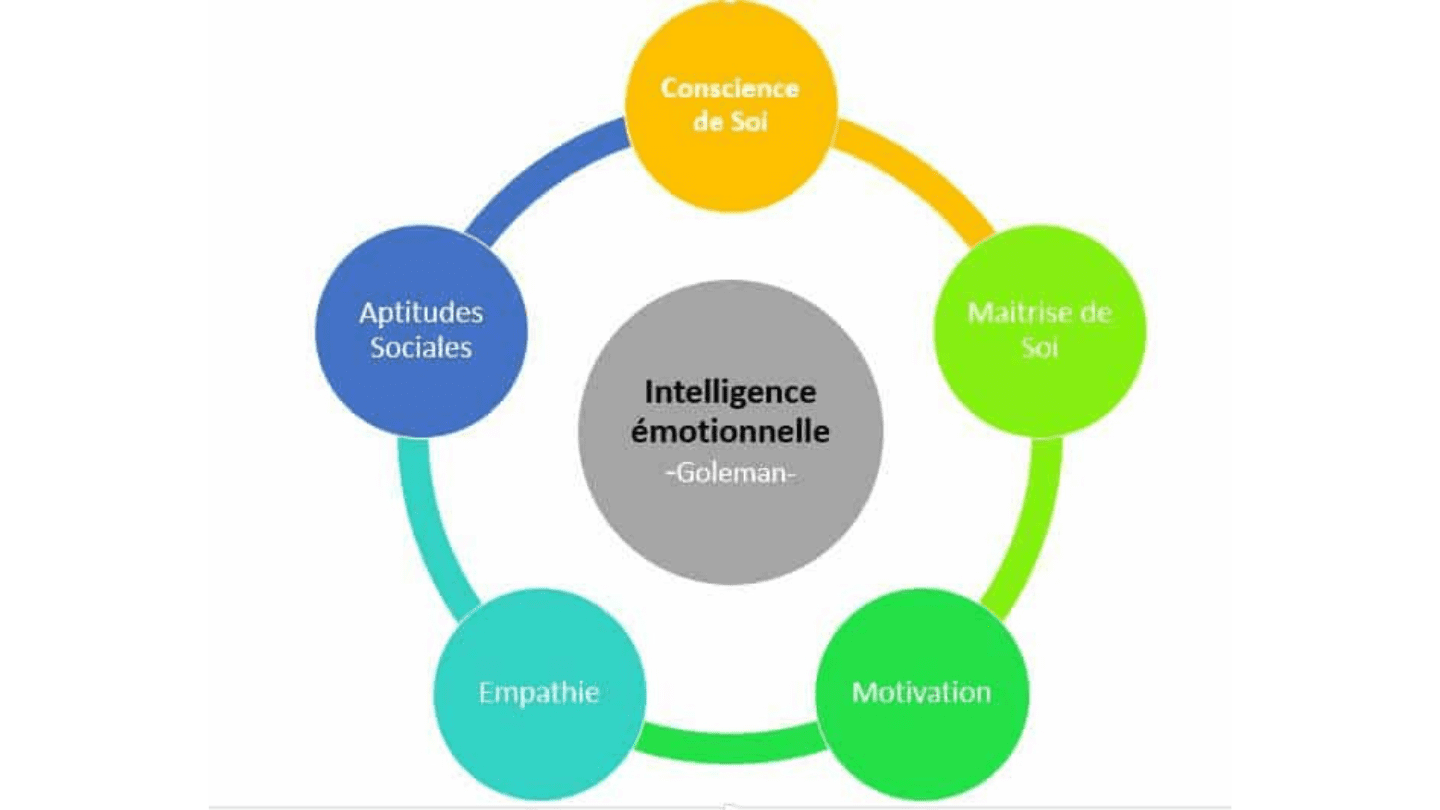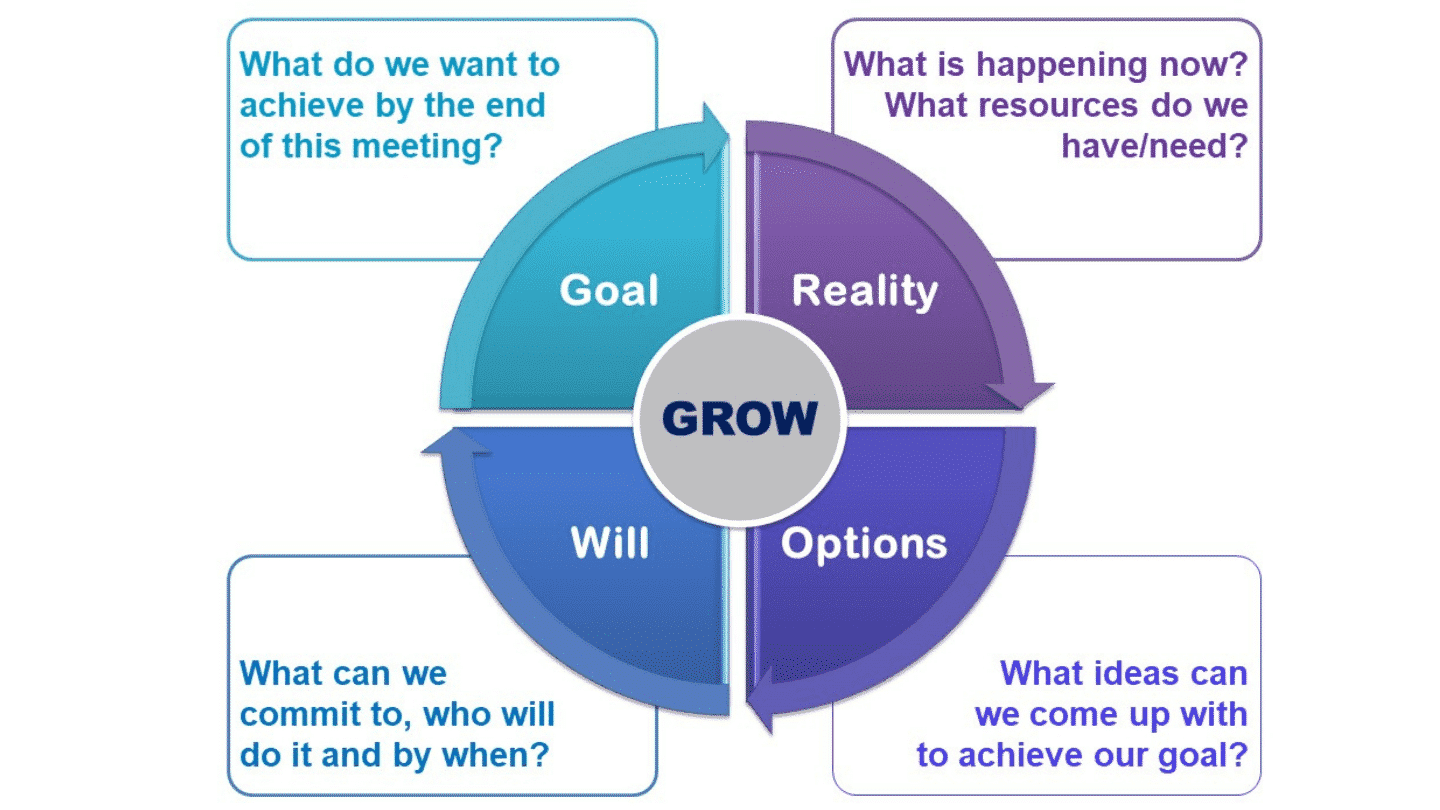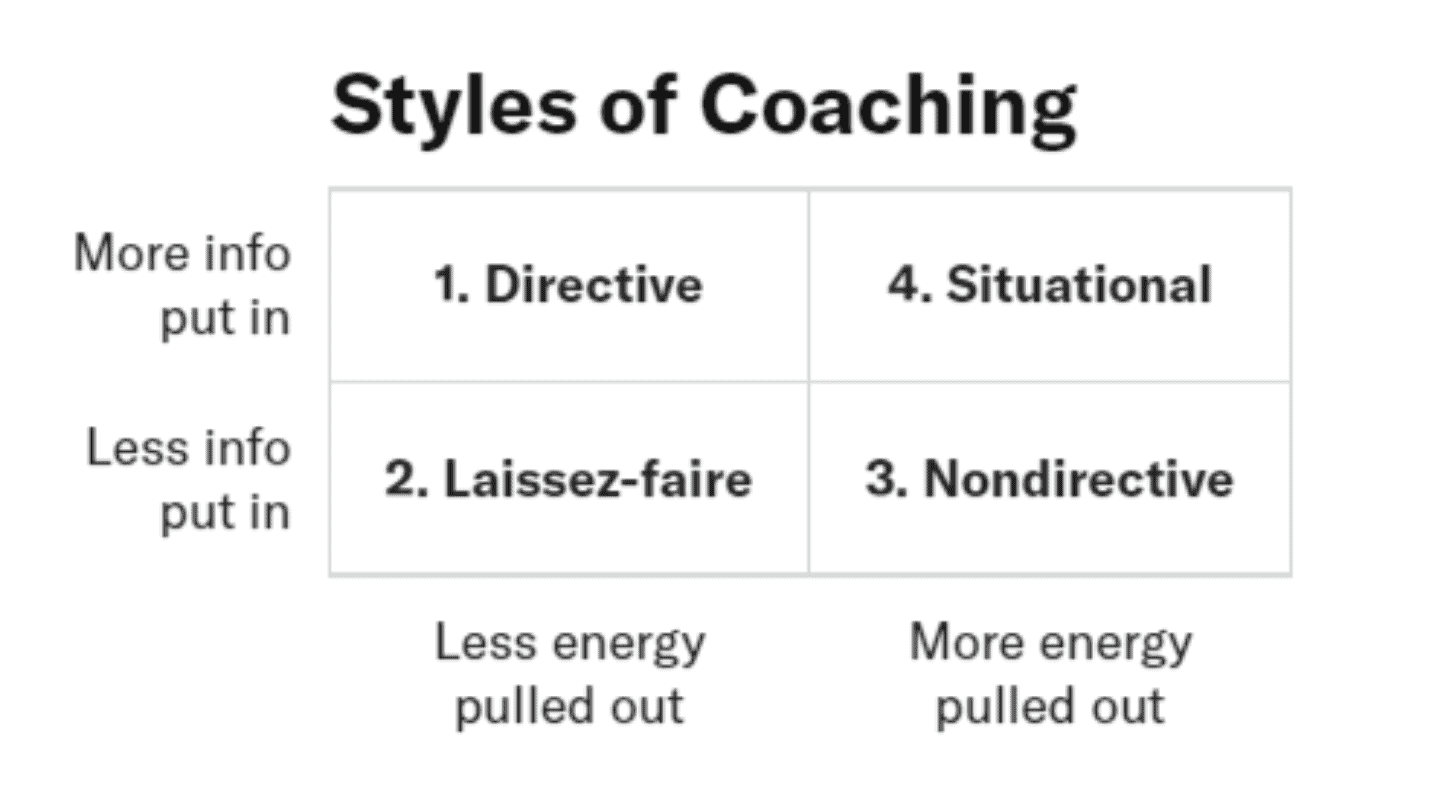Manager coaching is designed to enable team leaders to better manage human resources by developing their ability to analyse complex situations and by giving them the keys to act in a crisis.
These coaching sessions improve managers’ interpersonal skills and enable them to use their emotions to react sensitively and effectively to their teams.
Sommaire
Why coach your managers?
According to a statistical study conducted by OfficeVibe & published on huffpost.com, 3 out of 4 employees say that the stress they feel at work is transmitted by their manager.
In the same study:
- 65% of employees say they would welcome a change of manager as much as a pay rise
- and 85% of leaders are not confident in their leadership skills.
Another 2016 study conducted by grovo shows that 87% of managers who take up their posts would like to have training before starting their duties, so that they feel ready to become true leaders.
However, 99% of companies reported providing management training to their managers.
These findings clearly show that training is not enough. For it to be beneficial, it must be coupled with coaching sessions, whether individualised or not, to support the manager in concrete and real cases.
To develop managers who are ready to take on their role and effectively lead their teams to success, here are four areas where coaching can help:
- Taking up a new post or promotion: Developing your managerial posture;
- Copingwith rapid growth in activity: Optimising the organisation of resources, giving responsibility and involving your employees in order to distribute tasks;
- Reacting to difficulties (conflicts, drop in productivity, etc.): Communicating well, strengthening the cohesion and motivation of your teams;
- Overcome your own professional difficulties (impostor syndrome, stress, etc.): Improve your interpersonal skills to communicate better with your colleagues.
Going further
Discover our selection of the best commercial training courses on the market
How to coach managers: Objectives and process

Servant leadership: the manager at the service of his teams
Servant leadership is a coaching principle that owes its fame to Robert Greenleaf (researcher and consultant to large American companies).
The latter wanted to find an alternative to traditional authoritarian leadership. Servant Leadership places the manager at the service of his or her team members, in order to help them accomplish their missions and achieve a common goal.
The problem for some managers and team leaders is that they too often put their leadership role aside and focus on the day-to-day administrative tasks and regulatory requirements of their job.
They forget that their teams are made up of individuals with their own emotions, needs, wishes and personalities.
Through the principle of Servant Leadership, managers become aware of their staff’s concerns and diligently guide them towards the completion of their tasks.
Management styles
However, a Gartner study has shown that “Always-On” managers – those who are always available to their teams & constantly seeking to be helpful, are not necessarily the ones who perform best.
Gartner shows that the most successful managers are what they call “Connector Managers”. These are managers who recognise when they are not able to provide the best response.
Depending on the case, either their team is able to solve the problem on its own, or the manager becomes a “connector”, and his or her role is to put his or her subordinates in touch with the right people.
Gartner’s head of HR practice research, Sari Wilde, sums up: “It’s very difficult for companies to find ways to build this self-awareness among managers.
Once this awareness is achieved, coaching can be used to improve behaviour and managerial approaches.
Sari Wilde recommends comprehensive management and leadership coaching on a regular and focused basis. She also recommends using role models of reputable managers and providing feedback and coaching from legitimate peers.
Developing the emotional intelligence of your managers

Managers who receive management coaching based on emotional intelligence have better and more positive communication with their employees.
They strive to reduce discord and stress in the workplace, and encourage healthy collaboration among their team members. Customers feel this cohesion among staff, and generally feel more satisfied.
Here are the 3 steps to develop emotional intelligence:
- Be aware of the benefits of having emotionally intelligent employees: More emotionally intelligent employees lead to better team communication, better collaboration, and ultimately satisfied customers.
- Understanding the science behind E.I.: Scientific evidence has proven the effectiveness of emotional intelligence in organisations, due to the positive state of mind it brings to employees.
- Master the 4 basic components of emotional intelligence: self-awareness, self-regulation, social awareness, relationship management.
Helping your managers to become coaches
“Monkey see monkey do” as they say in English.
Managers who are encouraged to practice servant leadership and emotional intelligence will themselves become better coaches to lead their teams to success. They will be able to support them in the face of common challenges and problems when they arise.
It is important to remind new managers of the value of coaching their teams, so that they are always more efficient and effective. Being a manager goes beyond delegating tasks and organising teamwork. You have to learn to be a manager and a coach at the same time.
Going further
To boost your company’s performance, find inspiration in the best sales books recommended by sales leaders.
How to identify the managers who need coaching the most?

There are four warning signs that you can identify a need for management coaching for your team leaders and managers, if you pay attention to them.
1. Neglected employees
An employee who dresses or stands inappropriately, or has an overly distracting attitude that can cause a loss of performance in his or her teams, probably needs to be coached better.
This can be a tricky subject to discuss with your employees. Management coaching can help you to deal with such situations in a sensitive manner.
2. Repeated mistakes by some members of a team
The importance or severity of the errors is less important here than the fact that they are repeated.
These mistakes should not be blamed on the inability of employees to be effective. The ability of managers to stand back is important.
They need to be able to ensure that their teams have the right tools, that they have mastered them and that their working environment is conducive to their performance.
3. Lack of motivation
They look bored, distracted, sad? This disengagement shows that they are not fulfilled.
In this situation, a coach who takes the time to meet with disengaged teammates one by one and asks them if they are satisfied with their job, their position, and how to get them motivated again, will surely open their eyes to the reasons for the boredom felt by their teams.
Coaching an employee to achieve his or her professional goals allows him or her to become motivated and effective again.
4. Over-involved employees
This is probably the most difficult situation to recognise!
Your employees seem happy, rigorous, but never overwhelmed? It is possible that they sometimes put a lot of pressure on themselves, without it being apparent to the outside world.
They may suddenly collapse under this excessive pressure. This can lead to unexpected resignations.
Listening to and understanding their manager allows them to confide in you. In this way, your managers will have the opportunity to reassure and support these overly demanding employees, and to help them organise their work by prioritising tasks according to their importance.
Going further
The GROW model: the coach-manager

The GROW model is a well known coaching tool, which helps to structure the coach’s approach. It can be used on the scale of a session, a group of sessions, or even on a longer term basis. It is an acronym:
- Goal: Determine the reason why a person is being coached. Don’t just look at their purely professional objectives and their role in the company. You have to go further: what are the behaviours or reactions you hope to change?
- Reality: After getting initial information about the purpose of the training, anchor the manager’s expectations in reality. The coach asks more concrete and constructive questions to anchor the objectives in reality.
- Options : People who wish to seek coaching often feel at a loss. It is therefore necessary to help them open their thoughts to new perspectives. The coach helps the coachee to discover a new field of possibility, mainly by communicating optimism and by forcing the reflection a little. Then it’s just a matter of exploring the advantages, disadvantages and risks of each option.
- Will (Will): In concrete terms, it is a question of defining the next steps: who does what, and for when?
Going further
In parallel to the efforts made with management coaching, you can put in place a motivating remuneration plan for your teams.
The 4 coaching styles adapted to management
To help managers better adapt coaching to the workplace, there is a 2×2 matrix described below. This tool is simple, but also very useful.
One axis shows the advice, expertise and information provided by the coach, and the other shows the energy and motivation released by the coach’s work with the coachee, unlocking their ideas and enabling them to find solutions.

1. Directive coaching
Mentoring falls into this category. The classic scheme of this type of coaching is based on the experience of one person sharing his or her knowledge with younger team members. The latter listen attentively and take in as much of the knowledge as possible. The coachee does not know what he does not know, and he needs a lot of direction in order to achieve his goals.
2. The “laissez faire” approach
Under certain conditions, it can be productive to let team members work independently. They gain confidence in themselves and in their manager when they are allowed to manage their work responsibilities, and are often more productive. The coachee is fully autonomous and will be able to achieve his or her goals alone.
3. Non-directive coaching
It is based on listening and questioning, and on non-judgement. Managers then work tactfully to develop the wisdom, insight and creativity of those under their responsibility through their coaching. The coachee here knows how to find the answers to their questions & concerns, but needs to be reassured and relieved of responsibility / guilt.
4. Situational coaching
This is the ideal approach. This approach consists of finding the best balance between directive and non-directive styles, depending on the needs felt at the time. It is generally advisable to practice non-directive coaching first so that it becomes natural for the manager, and to use directive coaching occasionally when necessary.


